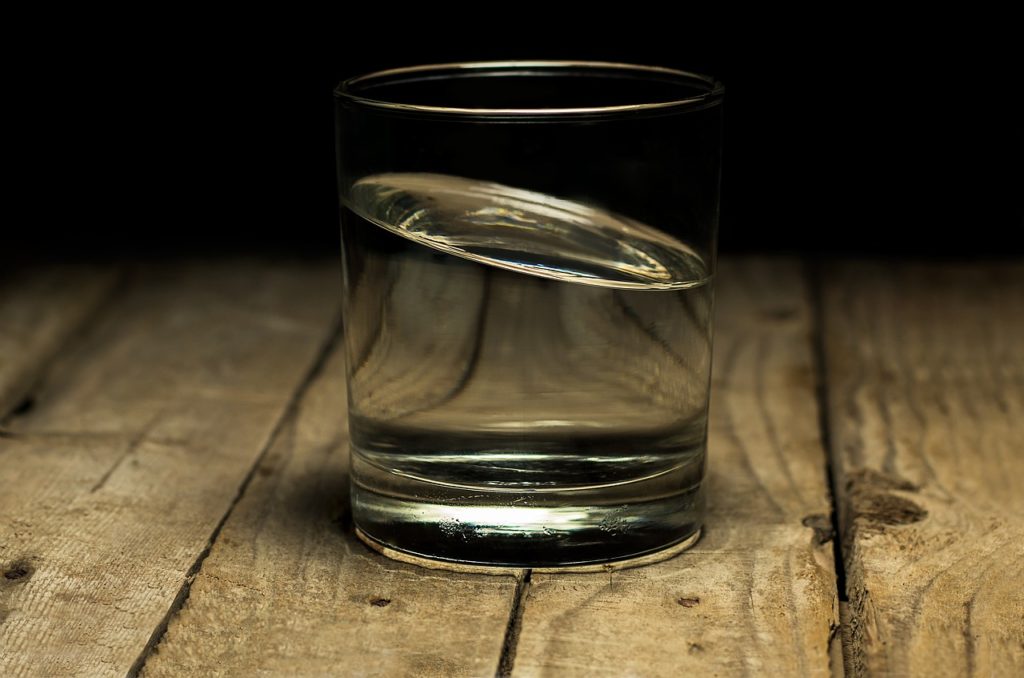
In the first systematic review, UC San Francisco researchers found that it helps with a variety of conditions, from obesity to migraine.
Public health recommendations generally suggest drinking eight cups of water a day. And many people assume it’s healthy to drink plenty of water.
Now, researchers at UC San Francisco have systematically reviewed the available evidence. They concluded that drinking enough water can help with weight loss and prevent kidney stones, as well as migraines, urinary tract infections, and low blood pressure.
“For such a ubiquitous and simple intervention, the evidence hasn’t been clear, and the benefits were not well-established, so we wanted to take a closer look,” said senior and corresponding author Benjamin Breyer, MD, MAS, the Taube Family Distinguished Professor and chair of the UCSF Department of Urology.
“The amount of rigorous research was limited, but in some specific areas, there was a statistically significant benefit,” Breyer said. “To our knowledge, this is the first study assessing the benefits of water consumption on clinical outcomes broadly.”
The researchers found the most evidence favouring drinking water to prevent kidney stones and help people lose weight.
Drinking eight cups of water daily significantly decreased the likelihood of getting another kidney stone.
Several studies found that drinking about six cups of water daily helped adults lose weight. However, a survey that included adolescents found that drinking more than eight cups of water daily had no effect.
Still, the authors said encouraging people to drink water before meals would be a simple and cheap intervention that could have huge benefits, given the increased prevalence of obesity.
Other studies indicated that water can help prevent migraines, control diabetes and low blood pressure, and prevent urinary tract infections.
Adults with recurrent headaches felt better after three months of drinking more water.
Drinking about four more cups of water a day helped diabetic patients whose blood glucose levels were elevated.
Drinking an additional six cups of water a day also helped women with recurrent urinary tract infections. It reduced the number of infections and increased the time between them.
Drinking more water helped young adults with low blood pressure.
“We know that dehydration is detrimental, particularly in someone with a history of kidney stones or urinary infections,” said Breyer, a UCSF Department of Epidemiology and Biostatistics member. “On the other hand, someone who suffers from frequent urination at times may benefit from drinking less. There isn’t a one size fits all approach for water consumption.”



